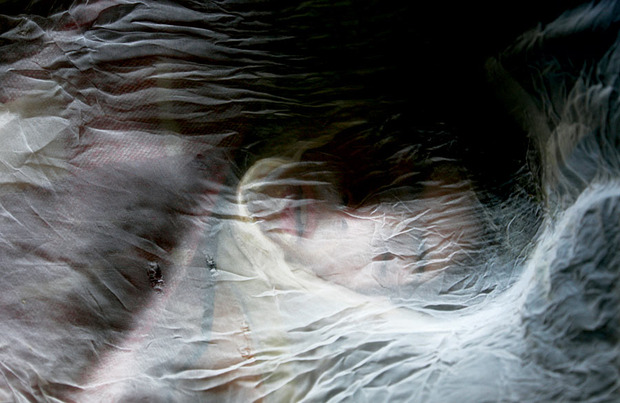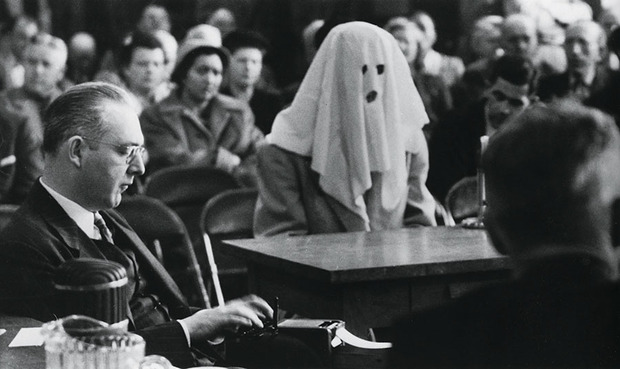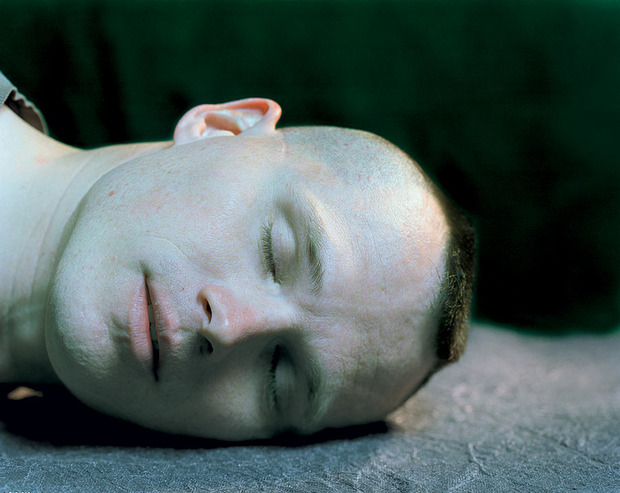Bill Hunt
Our conversation with the consummate collector on the thrill of the hunt


For anyone working in the area of fine art photography, Bill Hunt is a familiar name. The self-described “champion of photography” has demonstrated an unrivaled passion for the medium as a curator, dealer and collector for almost 40 years. Hunt’s photography collection is nearly as infamous within the field as the man himself. Ranging from anonymous images from the 19th century to modern masterpieces by the likes of Lee Friedlander, Diane Arbus and Richard Avedon, the pictures all share one thing in common–as Hunt says, they are “magical, heart-stopping images of people in which the eyes cannot be seen.”
Earlier this year, highlights from Hunt’s collection appeared in a beautiful and quite hefty book called “The Unseen Eye“, with thoughtful commentary alongside the images. We got the chance to talk to Hunt about his collection, pulling inspiring fodder from the book to spur the conversation.

“Photography is revelatory, both as revelation and as something to revel in.” What drew you to start collecting photography, especially at a time when photography didn’t have a lot of clout as an art form?
On some level I have always been a gatherer of stuff—shells, books, musicals—so that gene was there. But I didn’t start out to collect; I just bought a photograph, and then another, and then another until one day I asked, “Holy shit, what’s happening?” Then you give yourself permission to proceed. I thought it was funny that it was art too. Go figure.


“I like bliss, epiphany and escape. I am enthralled by the possibility of transcendence and subscribe to the belief that a large part of life is a search for meaning, or at least feeling. Sometimes this takes me to the darker side, to images that provoke a visceral response that is intoxicating and frightening.” What is it about a picture that makes the hairs on the back of your neck stand up?
That makes your heart boom? That makes you stop in your tracks? It must be some sort of “Road to Damascus” divine moment of clarity. Look for those moments that say, “Pay attention to this because it will give your life meaning, or at least some resonance.” Un coup du foudre. Thunderbolt. Orgasm. Somehow in the midst of banality you find a moment of real sensation. It is not about beauty—although it can be. It is alarmingly like drug addiction, but real collecting is completely spiritual. Hallelujah! It is like listening to the tumblers in a lock when you try to open it. When they are lined up, you can hear it—you recognize that sound—before the door actually opens. You know you have made it in.

“Many collectors look only at so-called ‘art photography’, which is considered and aestheticized and finely printed. There is an implicit elitism here. Then there are some souls who are truly responsive to the image first and foremost. I am in this group.” I am in this group too. Can you talk about the thrill of discovering an amazing picture that may have been taken by an anonymous photographer 100 years ago?
With photographs there are so many great, crazy questions. Why did a picture get saved if it doesn’t have informational value (Who is this?) or if it has condition issues? Your trash, my treasure. Great pictures operate in a special way. You are part of some equation. The way in which a completely peculiar piece speaks to you uniquely and powerfully depends on your being a collaborator. It means something to you. Very often it is the suggestion of something that brings you in—the enigma attracts. It’s as if as you finish a puzzle you didn’t know you were working on.
In my book there is a tintype portrait of a little girl. It is sweet but what makes it chillingly grand is its condition: the silvering has fallen off or oxidized, so it looks ghostly. She is a specter. Also what’s cool is that my sister spotted it at some antique fair and she snagged it because she knew it was a good one. That’s fun when you’ve got other people out there looking too.


“Collectors are obsessed, ravenous for this one and then the next one. People who do not collect, won’t. They don’t connect with this intense, obsessive force.” I know you have moved on from collecting these images of hidden eyes, but a collector never stops collecting. Where is the focus of your passion now?
I really don’t collect now. It’s not the same. The covetous part of collecting has passed, I think. I was shocked once to answer the question “Why did I have to own them?” by saying, after some hesitation, “Because then they were MINE.”
But I still want to look and have that thrill of engagement and then I want to write and to talk about it. That interests me intensely. That’s what I collect. I want others to look too. I am still a proselytizer but without as much stuff. Collecting is a way of creating order and insulating from chaos. I don’t need it or, more to the point, want it now. I want to be lighter in my feet, ready to move. It’s different. But wow, what a thrilling experience. As I say in the book, photography changed my life, it gave me a life.











